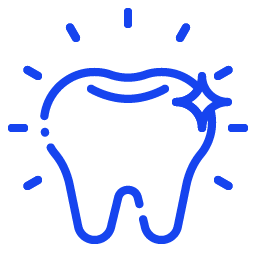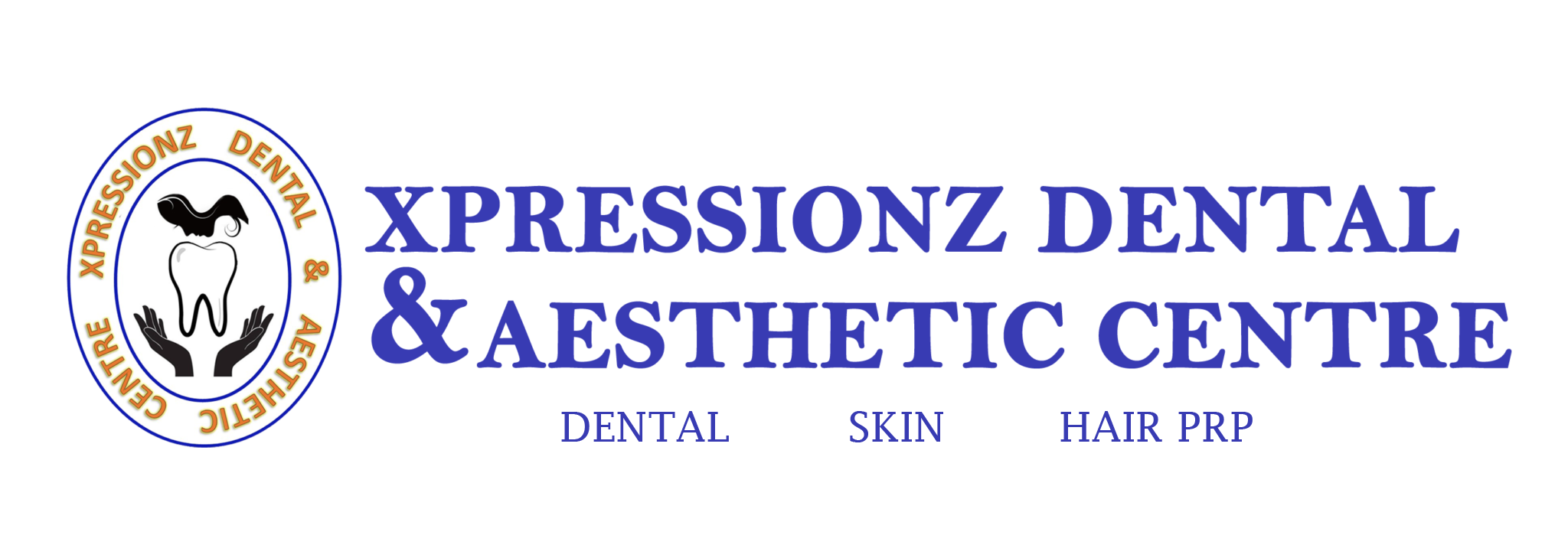Teeth Whitening
What are teeth whitening?
Teeth whitening involve bleaching of your teeth to make them lighter. It can’t make your teeth brilliant shining white, but it can lighten the existing colour by several shades.
Teeth whitening should only be carried out by dental professionals, DIY home teeth whitening kits but these carry risks.


What happens during teeth whitening?
Teeth whitening done by your dentist can get teeth brighter faster. The bleaching solution is usually much stronger than at-home kits. Also, heat, light, or a combination of the two may be used to speed and intensify the whitening process.
The most dramatic results, teeth generally get three to eight shades brighter. It usually take several 30- to 60-minute in-office visits.
Types of Teeth Whitening Systems
Whitening Toothpastes
Whitening toothpastes do not contain bleach (sodium hypochlorite) but some contain low concentrations of carbamide peroxide or hydrogen peroxide that help lighten tooth color. Whitening toothpastes typically can lighten tooth color by about one or two shades.
OTC Whitening Strips
Whitening strips were introduced into the market in the late 1980’s. They deliver a thin layer of peroxide gel on plastic strips shaped to fit onto the buccal surfaces of the teeth. There are a variety of white strip products on the market with varying instructions. There are some newer whitening strip products that require only one 30-minute application per day that have the same whitening end point as the two-a-day products.
Whitening Gels
Whitening gels are peroxide-based gels applied with a small brush directly to the surface of the teeth. Manufacturer’s instructions are usually twice a day applications for 14 days. Like the whitening strips, the teeth can usually be lightened by 1 or 2 shades.
Whitening Rinses
Whitening rinses contain oxygen sources such as hydrogen peroxide to react with the chromogens. Manufacturer’s instructions are for twice a day rinsing for 60 seconds each. It takes up to 3 months to see a 1 or 2 shade improvement in tooth color.
Tray-Based Tooth Whiteners
Tray-based tooth whitening systems are available both professionally and OTC. This method involves use of a fitted tray containing carbamide peroxide-bleaching gel worn for 2 to 4 hours a day or overnight. Usually by following the manufacturer instructions tooth whitening is noticeable in a few days, lightening the teeth by 1 or 2 shades.
In-Office Whitening
Quicker tooth lightening can be achieved through in-office whitening because the products deliver higher concentrations of peroxide than OTC. Consequently, gingival tissues are usually protected before the agent is applied. Some products claim to increase the oxidation of chromogens by exposure to heat or an intense blue light with a wave length between 480 nm and 520 nm to activate the product while on the tooth, causing the chemical reactions to proceed faster.
Laser Teeth Whitening
Laser teeth whitening is a bleaching procedure done in a dentist’s office. It’s different from other teeth whitening methods, as the procedure involves a bleaching gel and laser. A laser is a beam of high intensity light.
During the procedure, a bleaching gel is applied to your teeth. A laser is then directed onto your teeth, which heats up the gel. This activates its whitening properties and alters stain molecules on the teeth.
The goal of laser teeth whitening is to reduce discoloration and make your teeth look whiter.
Risks associated with Tooth Whitening
Teeth whitening is not without risks. Possible side effects include:
- increased tooth sensitivity
- gum irritation or damage
- damage to tooth pulp or mouth tissues
- loss of fluoride and minerals in the teeth
- increased risk of tooth erosion or decay
Become The Next Our Happy Patient
We value open communication and are eager to assist you with any inquiries or concerns you may have. Our dedicated team at Xpressionz is here to provide you with the support you need.



